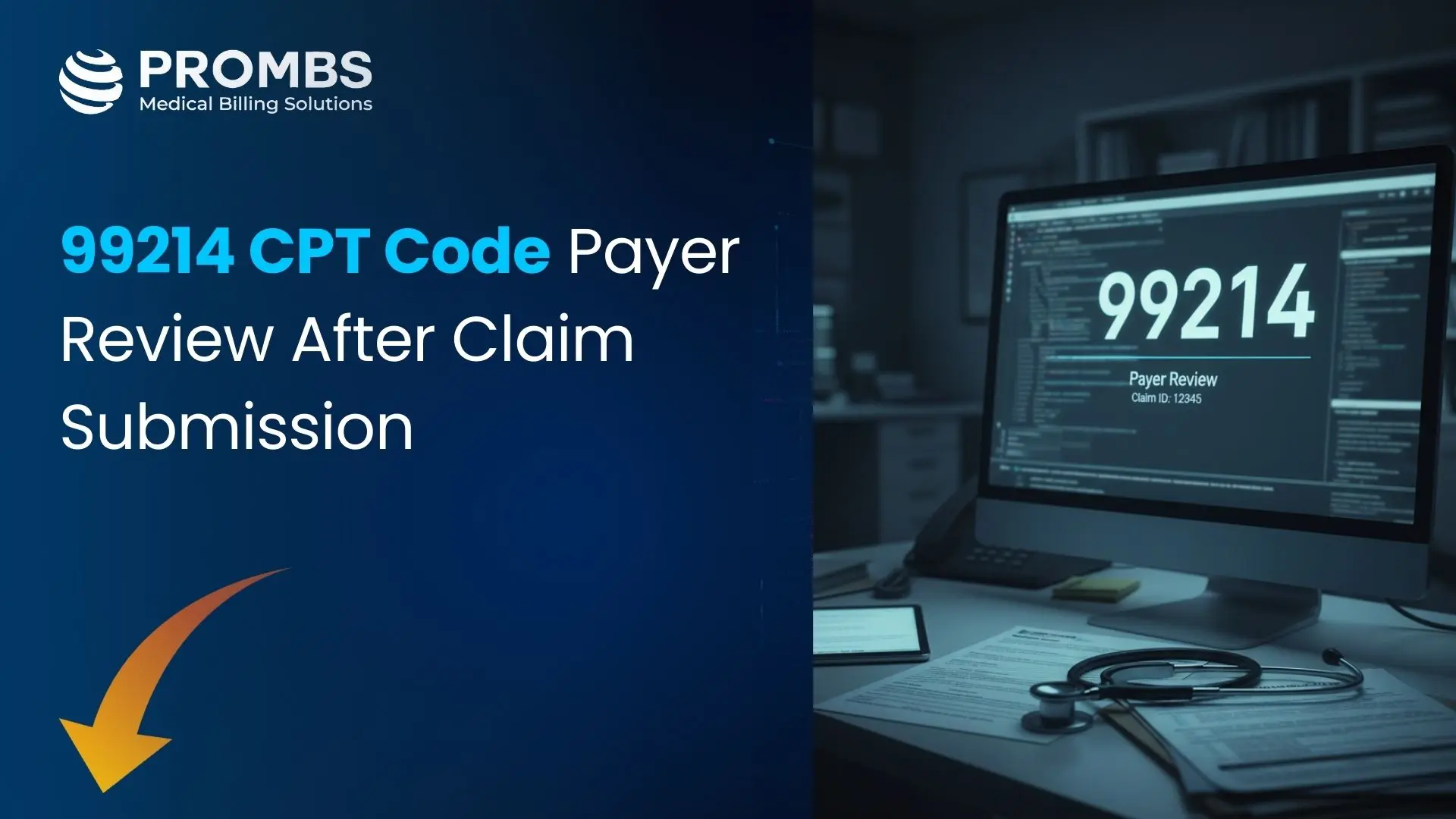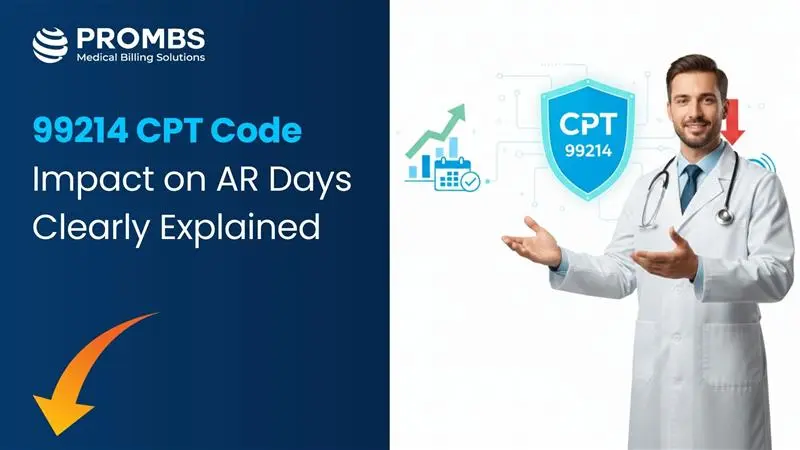According to the 2024 National Health Interview Survey (NHIS) by the CDC, 85.2% of U.S. adults visited a doctor or other healthcare professional in the past year. The Health Resources and Services Administration (HRSA) reports that over 31 million individuals received care at community health centers during the same year. These figures reflect the ongoing emphasis on preventive healthcare across the United States.
With such high volumes of wellness visits, accurate coding becomes critical not only for proper reimbursement but also for avoiding audits and denials. One frequently used code in these encounters is ICD-10-CM Diagnosis Code Z00.00, which denotes a general adult medical examination without abnormal findings. However, this code is often misapplied due to insufficient documentation or misunderstanding of its correct use. As payer scrutiny increases and coding standards evolve in 2025, it’s more important than ever to understand when and how to use ICD-10-CM Diagnosis Code Z00.00 properly to maintain compliance and protect your revenue cycle.
This guide breaks down how to use ICD-10-CM Diagnosis Code Z00.00 the right way in 2025, ensuring your practice stays compliant, minimizes denials, and maximizes reimbursement.
ICD-10 Code Z00.00 is an ICD-10-CM diagnosis code used for general adult medical examinations without any abnormal findings. It belongs to a category known as Z codes, which represent factors that influence health status and contact with health services. Specifically, Z00.00 is used for routine preventive visits when the patient has no complaints and no new diagnoses are made.
This code is commonly used in annual physicals for adults and is essential for reporting preventive services accurately. It confirms that the visit was solely for health maintenance, screening, or education.
When to Use the ICD-10-CM Diagnosis Code Z00.01
ICD-10 Code Z00.00 should be used when the following conditions are met:
- The patient is seen for a routine health check-up
- There are no current complaints, symptoms, or abnormal findings
- No diagnosis is made or addressed during the encounter
- The visit is preventive in nature
For instance, a 45-year-old patient comes in for a scheduled annual wellness exam, completes age-appropriate screenings, and no issues are found. Z00.00 is the correct code to use.
Note: If any abnormal findings are noted, such as elevated blood pressure or a suspicious mole, the appropriate code becomes Z00.01 instead
How ICD-10 Code Z00.00 Fits into Preventive Visit Coding
Understanding the difference between preventive and problem-oriented visits is crucial for accurate billing and claim approval. Preventive visits focus on health maintenance, age-appropriate screenings, and patient education not on diagnosing or managing specific symptoms or conditions. In this context, Z00.00 serves as a foundational ICD-10-CM code.
The ICD-10-CM Diagnosis Code Z00.00 is used to report a general adult medical examination without abnormal findings. It classifies the encounter as preventive, which directly affects reimbursement eligibility especially for commercial insurance plans and value-based care programs.
However, it’s important to note that Z00.00 is not billable on its own under Medicare for wellness visits. Medicare requires the use of specific HCPCS G-codes for preventive visit coverage:
- G0402 – Initial Preventive Physical Examination (IPPE)
- G0438 – Annual Wellness Visit, first visit
- G0439 – Annual Wellness Visit, subsequent visit
In these cases, ICD-10 Code Z00.00 may be used as a secondary diagnosis to describe the nature of the encounter but cannot replace the required G-code. Submitting a Medicare claim with Z00.00 as the primary code without the appropriate G-code will likely result in denial or rejection.
Using ICD-10 Code Z00.00 correctly not only ensures clean claims but also contributes to accurate risk stratification and audit-ready documentation both of which are essential in today's quality-driven healthcare environment.
When to Include Secondary Diagnoses
Even when ICD-10 Code Z00.00 is used as the primary diagnosis for a preventive visit, it’s often appropriate to include secondary diagnoses but only under the right conditions.
Secondary codes may be reported when chronic conditions are documented in the visit notes as part of the patient’s medical history, even if those conditions are not actively evaluated or treated during the encounter. This approach helps reflect the patient’s overall health status, supports risk adjustment, and may improve care coordination metrics in value-based care models.
Common examples of secondary diagnoses include:
- I10 – Essential (primary) hypertension
- E11.9 – Type 2 diabetes mellitus without complications
- E66.9 – Obesity, unspecified
- F33.9 – Major depressive disorder, recurrent, unspecified
💡 Compliance Reminder: Do not assign chronic conditions based solely on the problem list. They must be explicitly documented in the current encounter note as part of the history or assessment even if not the focus of care.
By appropriately including secondary diagnoses, practices can ensure more accurate reporting, reduce denial risk, and align with payer expectations for complete and compliant coding.
Common Mistakes When Billing ICD-10-CM Diagnosis Code Z00.00
| Mistake | Explanation | Fix |
|---|---|---|
| Using Z00.00 during a visit with abnormal findings | It misrepresents the encounter type | Use Z00.01 if findings exist |
| Addressing a symptom or condition actively | Changes the nature of the visit from preventive to diagnostic | Split the visit or use a problem-focused code |
| Forgetting to include chronic conditions | Missed opportunity for risk scoring | Add as secondary diagnoses if relevant |
| Inconsistent documentation | Leads to claim denial or audit | Ensure the note reflects a preventive focus |
Z Codes Related to Preventive Visits
Choosing the correct Z code is essential for accurate preventive visit billing. While ICD-10 Code Z00.00 is commonly used for general adult exams without abnormal findings, other Z codes may apply depending on the patient’s age, gender, or purpose of the visit. Below are examples of related preventive Z codes and when to use them:
ICD-10 Code Z00.121 – Encounter for routine child health examination with abnormal findings
Use this code when a child receives a well-child visit and the provider documents abnormal findings that require follow-up.
Z00.129 – Encounter for routine child health examination without abnormal findings
Select this when a child presents for a preventive check-up and no issues are noted.
- Z01.411 – Encounter for gynecological examination (general) (routine) without abnormal findings
Use this during annual wellness exams for women when no abnormalities are found. - Z23 – Encounter for immunization
Report this when the visit’s primary purpose is for vaccinations, even if given during a preventive check-up. - Z00.01 – Encounter for general adult medical examination with abnormal findings
Choose this code when conducting a routine adult exam where abnormal findings are identified during the encounter.
Each of these codes should be supported by clear documentation in the provider’s note, especially if multiple services (e.g., exam + immunization) are performed during the same visit.
Best Practices for Clean ICD-10-CM Diagnosis Code Z00.00 Claims
To code Z00.00 correctly and minimize payer issues:
- Document clearly that the visit is preventive, with no symptoms or complaints
- Avoid bundling diagnostic services unless appropriate
- Use Z00.00 only when there are no new diagnoses or findings
- Report secondary diagnoses only if they are part of the history, not the focus of care
- Stay current with payer-specific rules and annual ICD-10 changes
How Pro-MBS Helps Improve Preventive Visit Billing
Accurate use of Z codes can make or break preventive visit reimbursement, especially under payers’ increased scrutiny in 2025. Pro-MBS brings years of expertise in internal medicine, primary care billing, and RCM, helping providers:
- Verify correct code usage before claim submission
- Educate clinicians on documentation that supports Z00.00
- Identify opportunities for compliant secondary coding
- Minimize audit triggers by optimizing chart reviews
Whether you're handling annual wellness exams for Medicare patients or managing preventive visits under commercial plans, our team ensures your claims reflect best practices, optimize your RCM processes, and get paid faster.



